
EN 1149-5
Electrostatically dissipative protective clothing
DIN EN 1149-5 is a standard that deals with electrostatically dissipative protective clothing. Electrostatic charges can pose considerable risks in certain working environments, especially when they affect flammable atmospheres or sensitive electronic components. In order to minimise such risks, the standard DIN EN 1149-5 was developed to define requirements and test methods for protective clothing that is capable of safely dissipating electrostatic charges.
This standard plays a crucial role in various industries, including the chemical and electronics industries, where protection against electrostatic discharge is of great importance. In this introduction, we will take a closer look at the key aspects of DIN EN 1149-5 and understand why this standard plays an important role in the field of occupational safety and personal protection.
Click here to go directly to protective clothing according to DIN EN 1149-5!
Work jackets according to EN 1149-5
You will find a small selection of standard-compliant protective clothing here.
Work trousers according to EN 1149-5
You will find a small selection of standard-compliant protective clothing here.
Bib & braces and overalls according to EN 1149-5
You will find a small selection of standard-compliant protective clothing here.



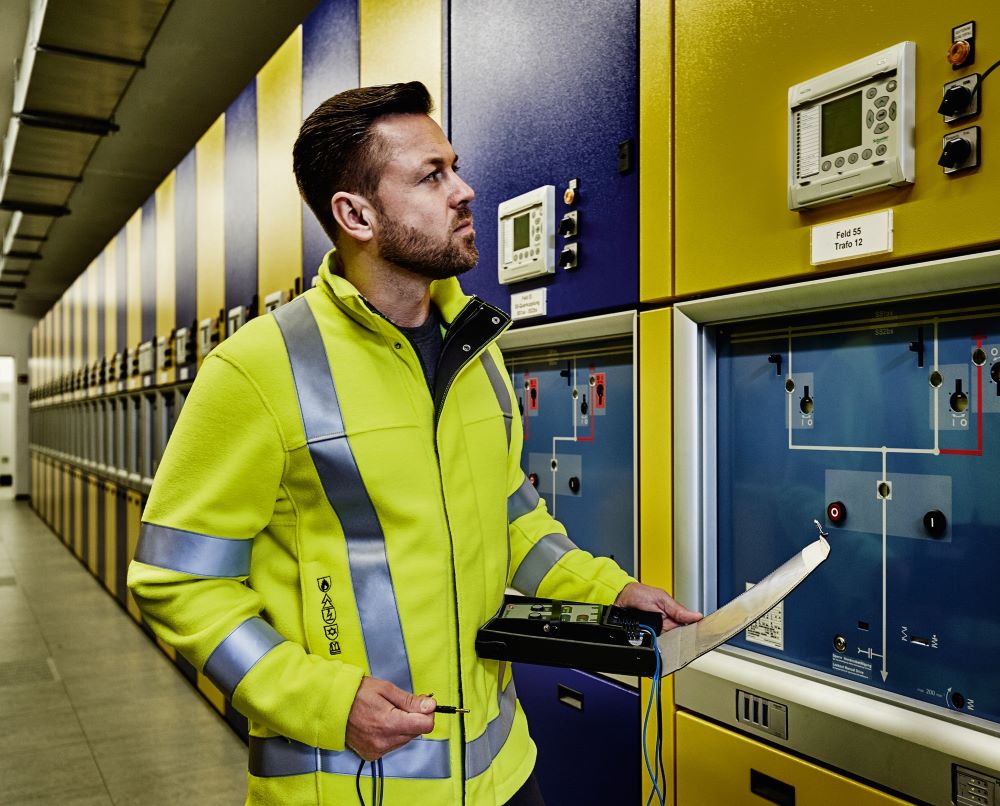






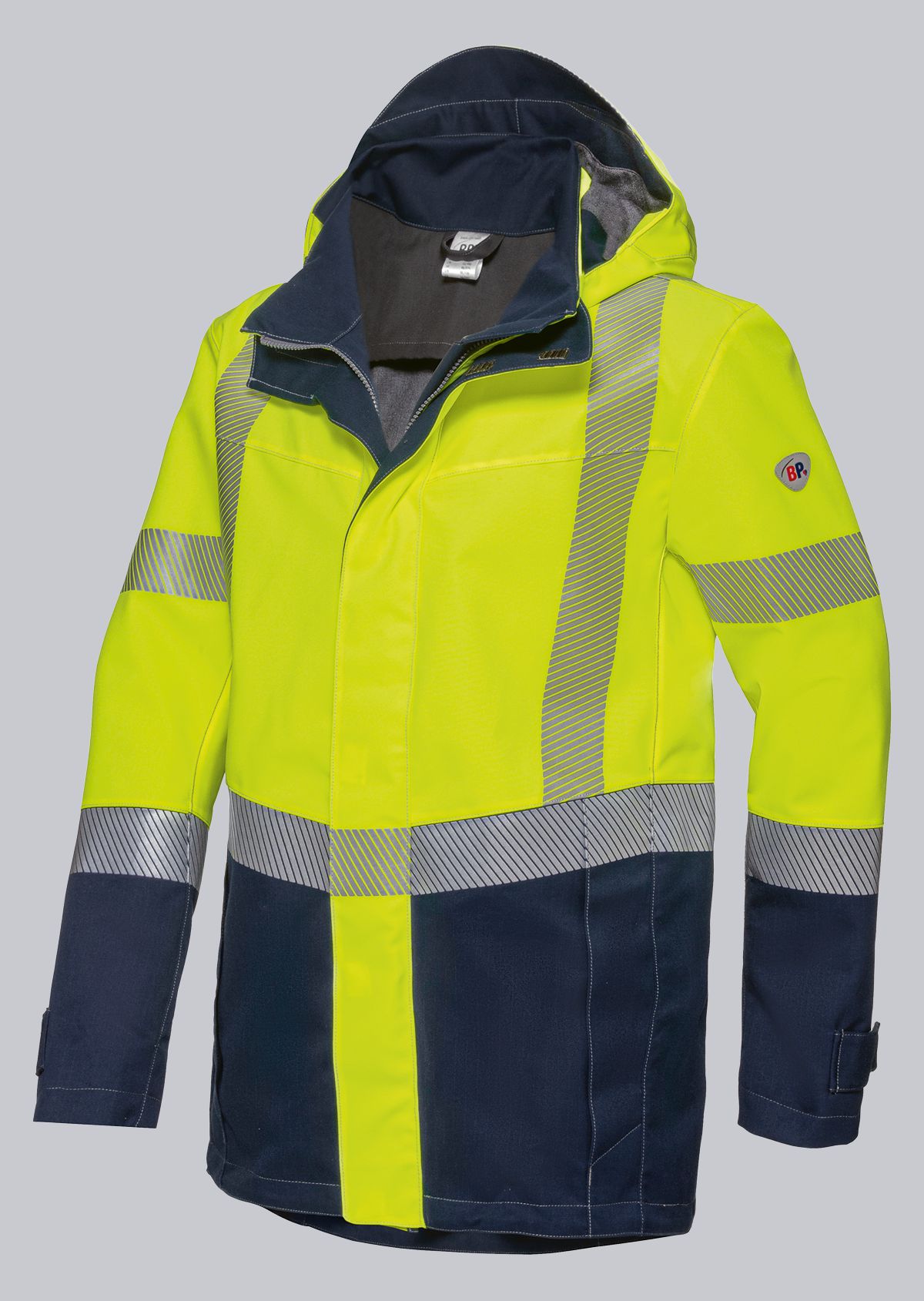



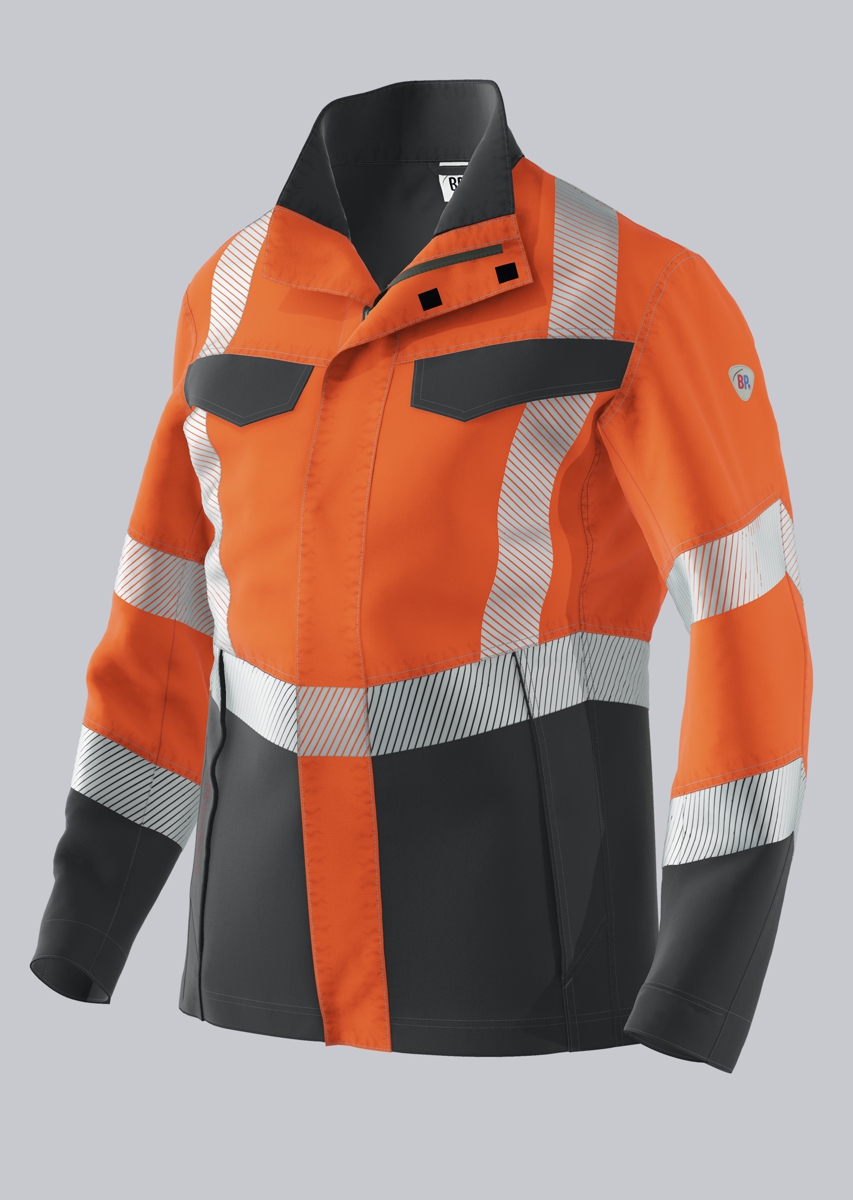
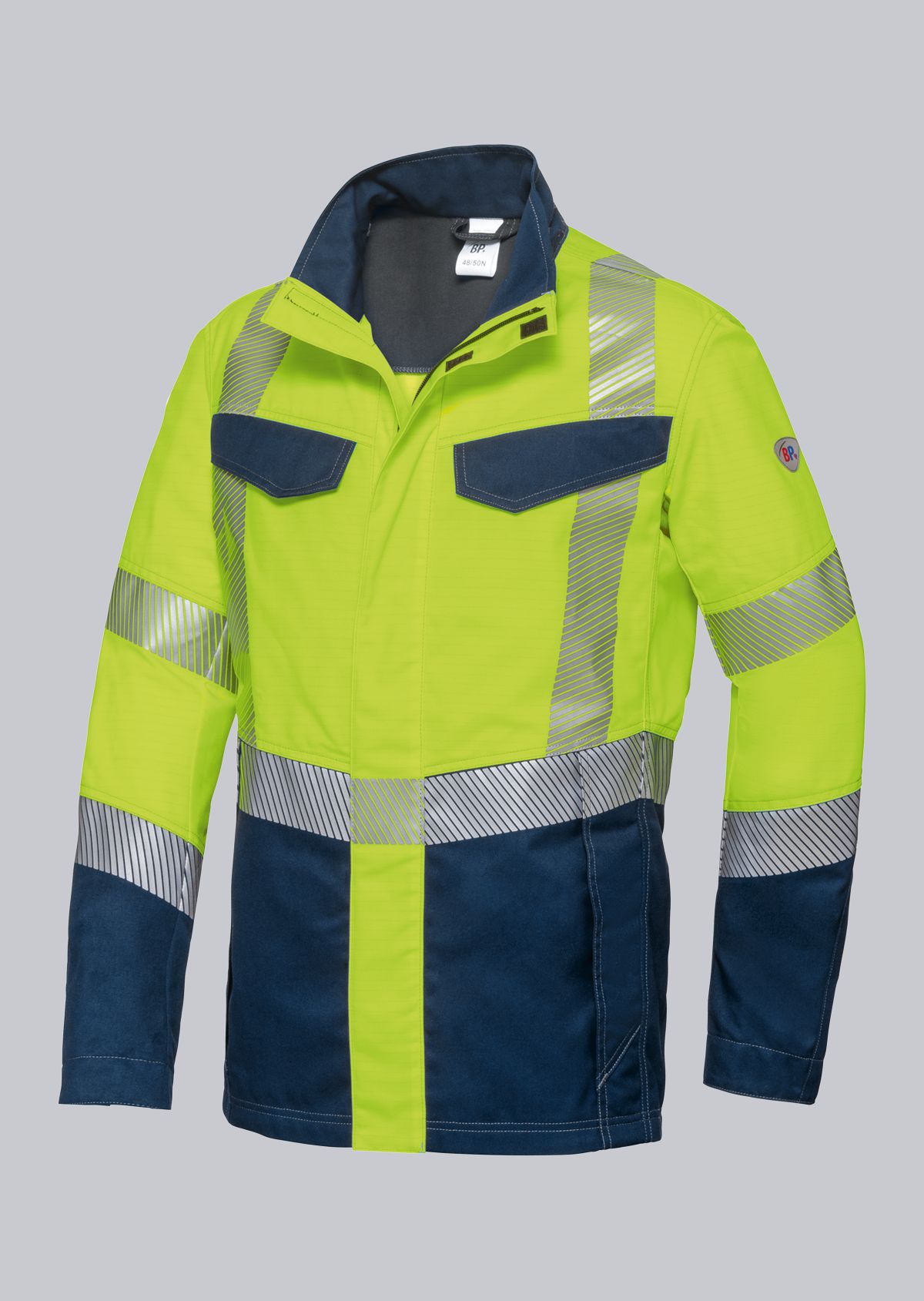
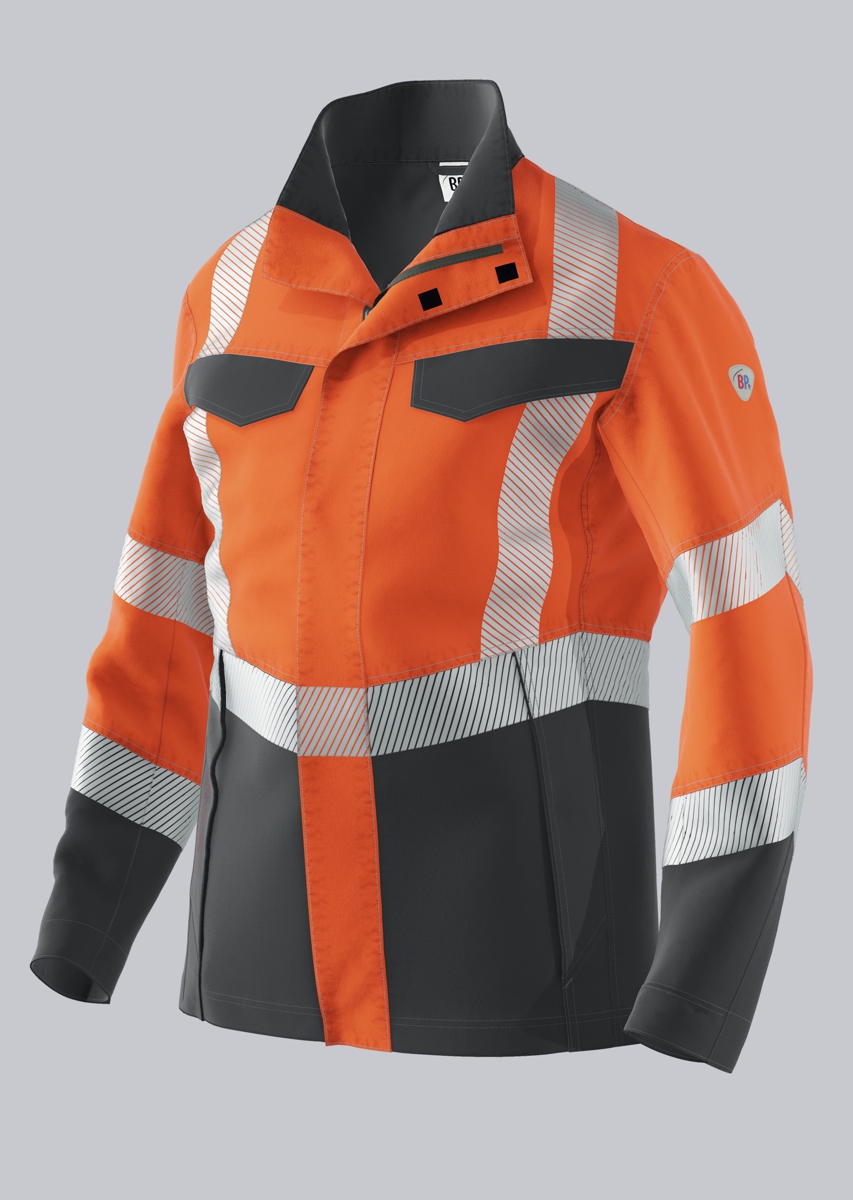
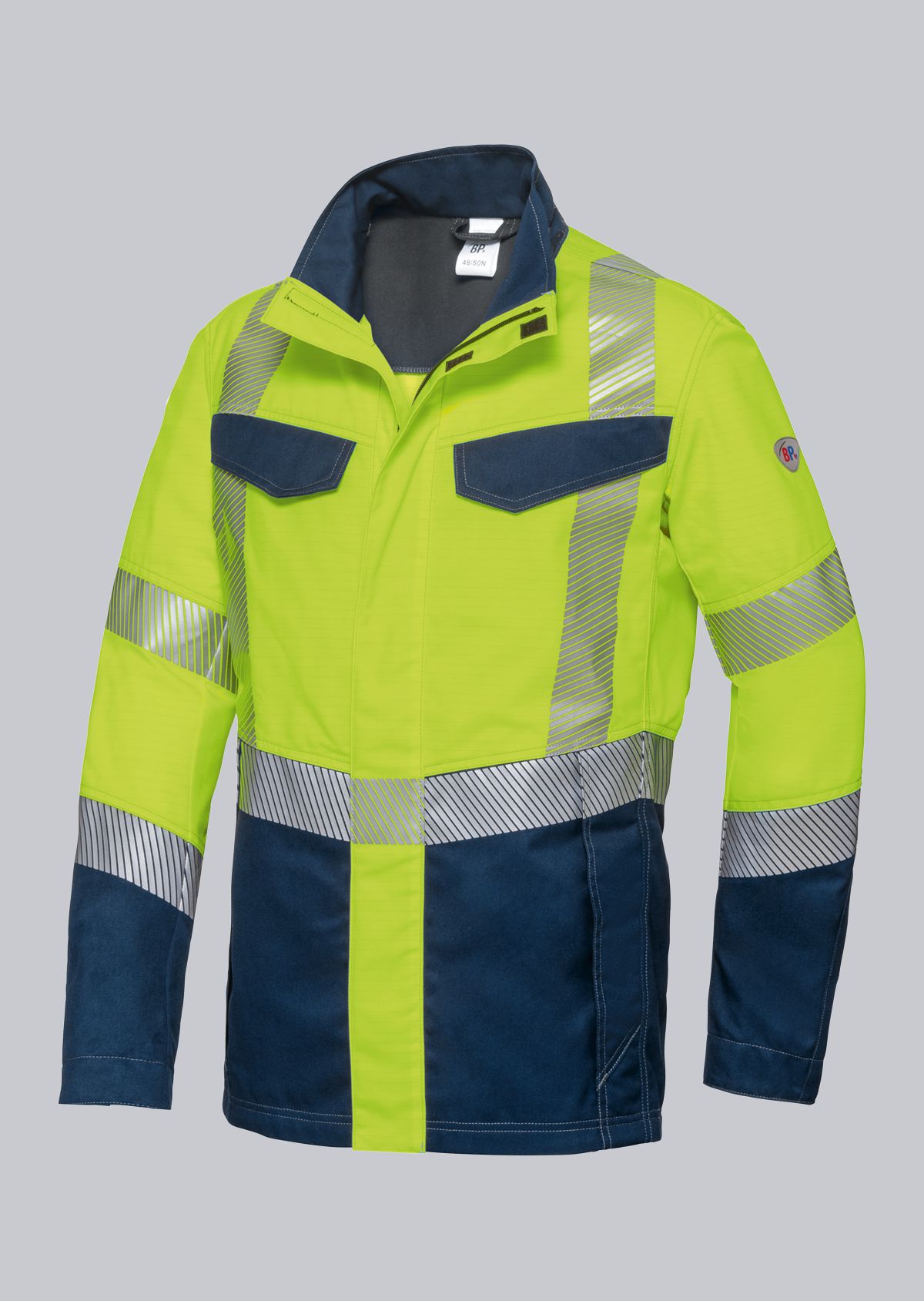



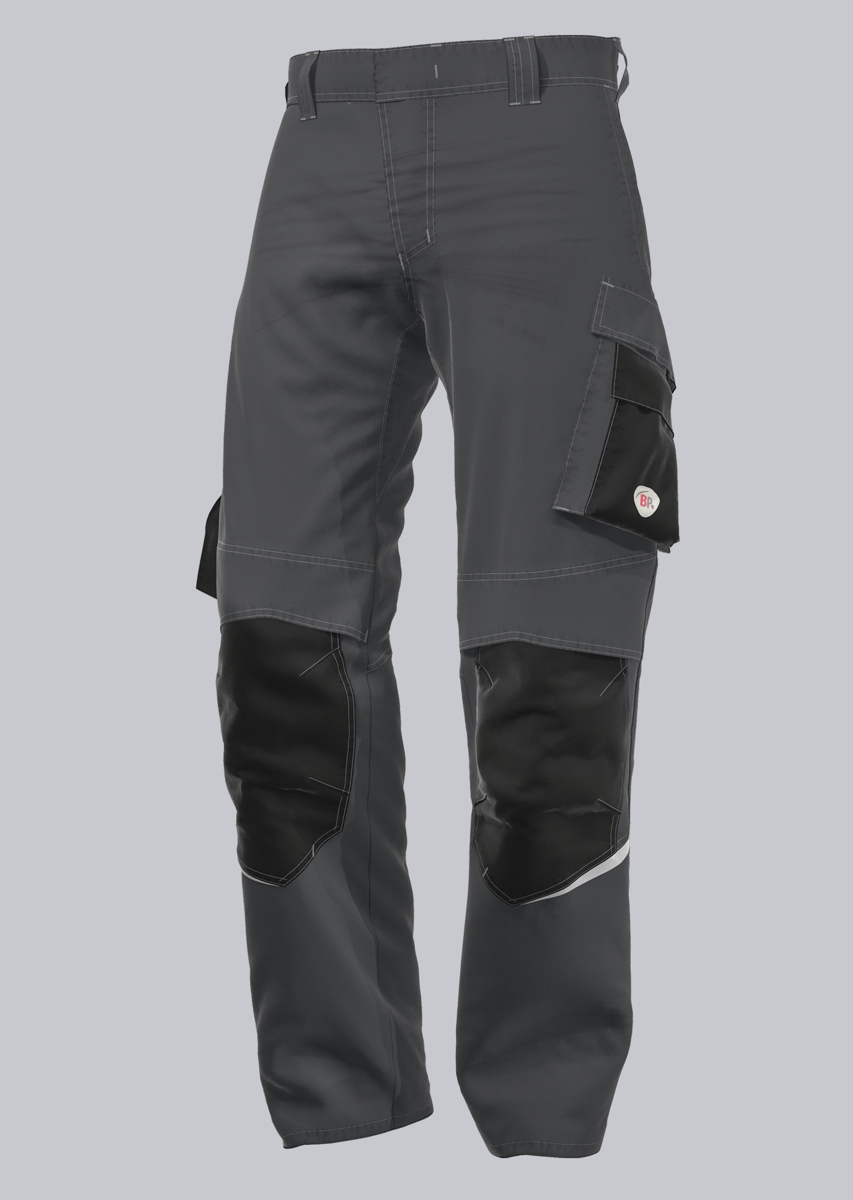
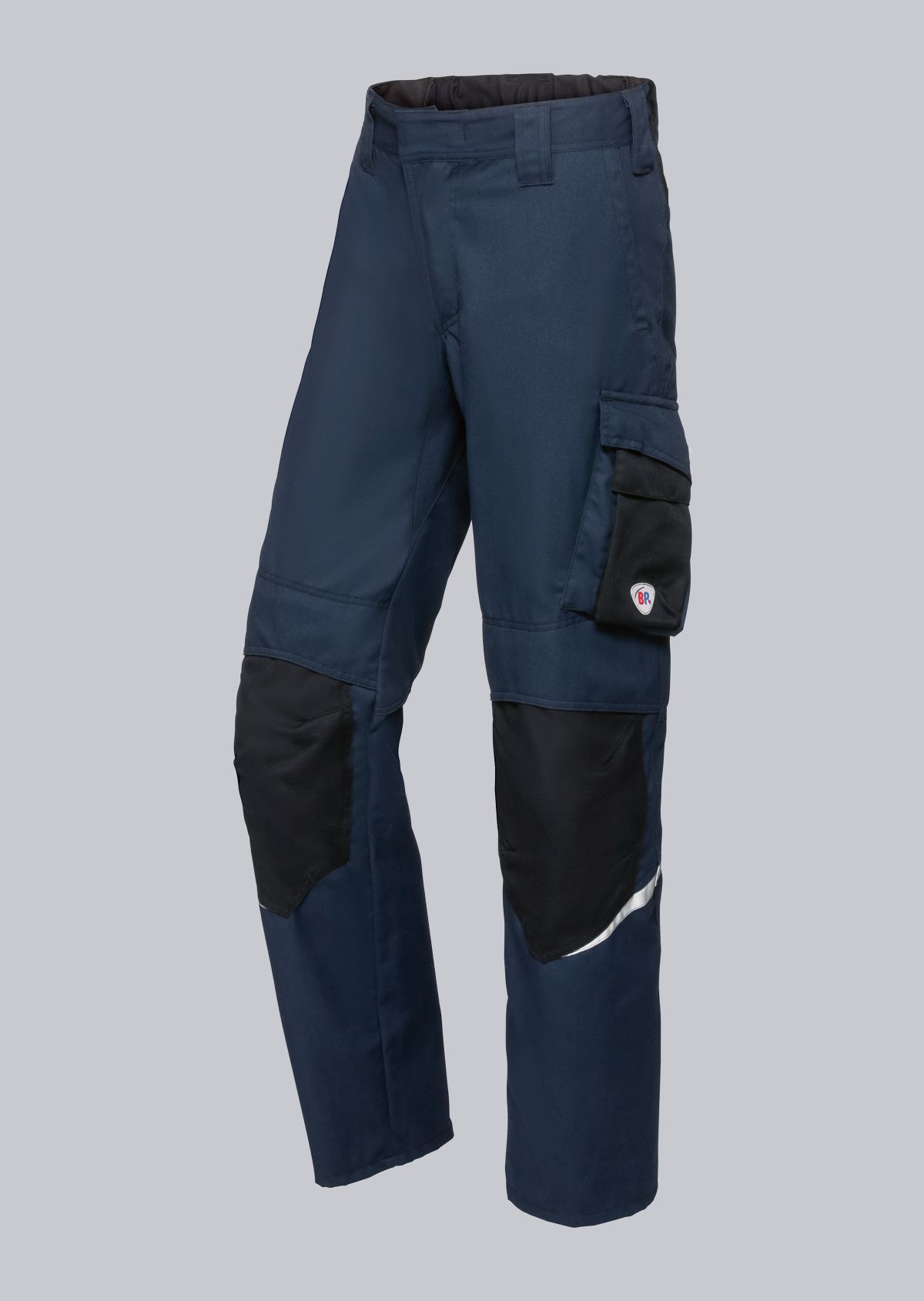
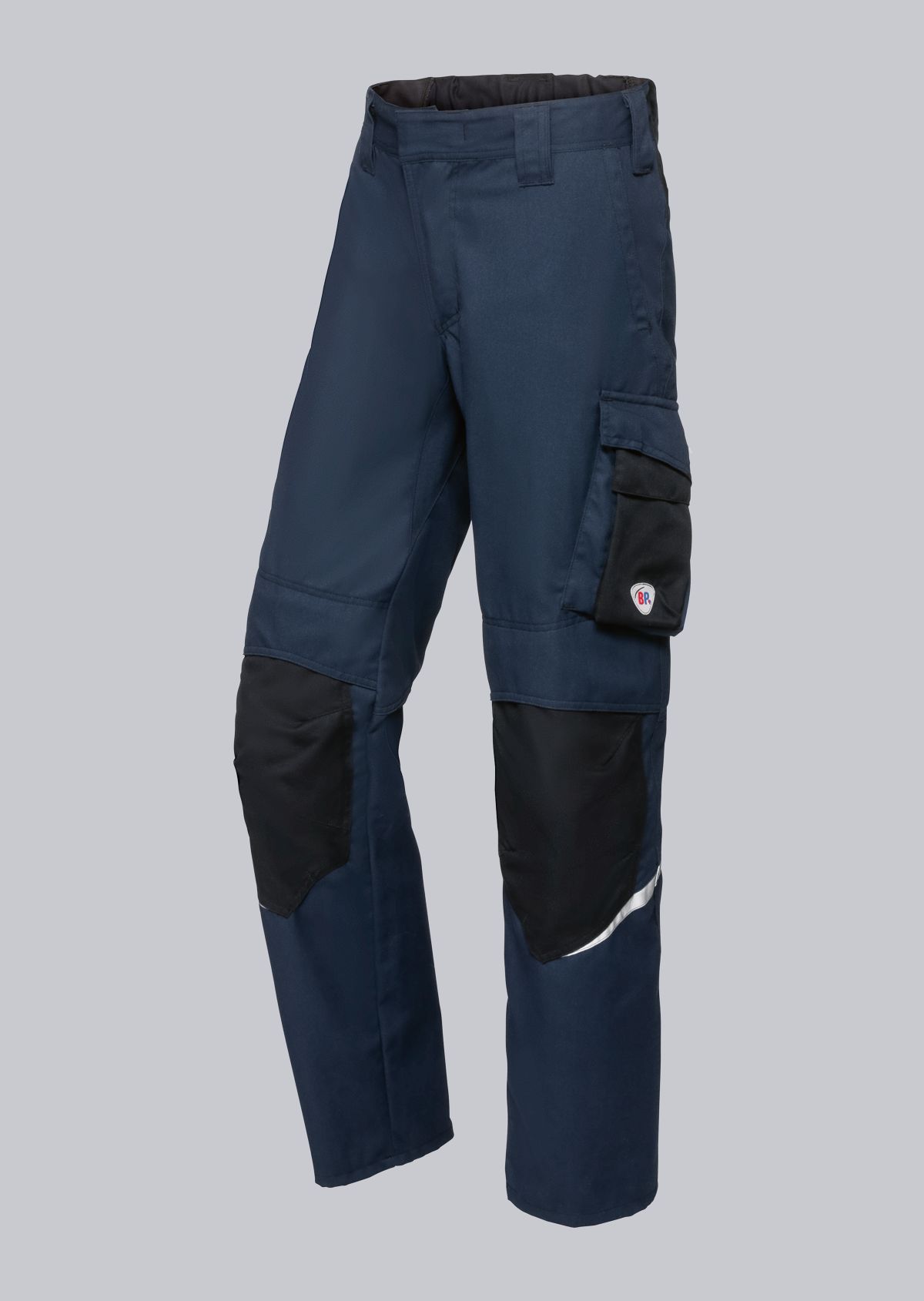
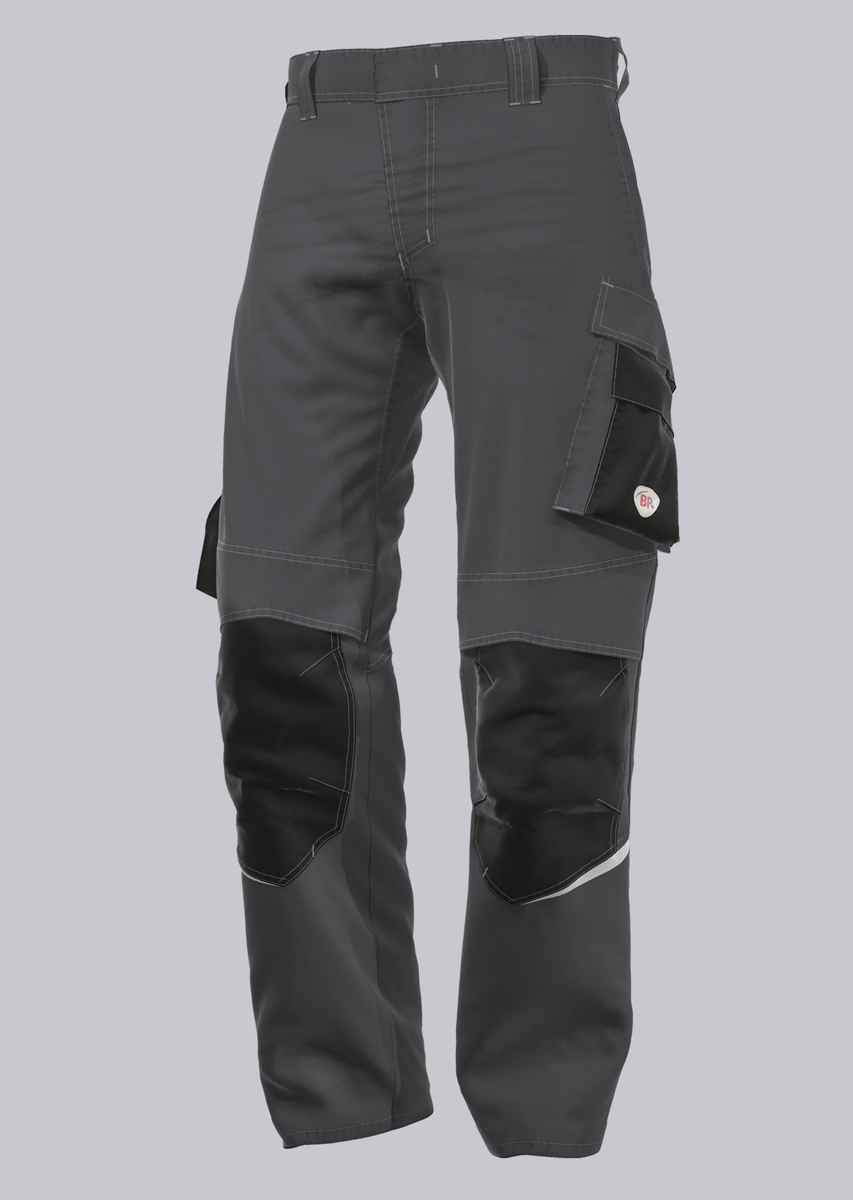
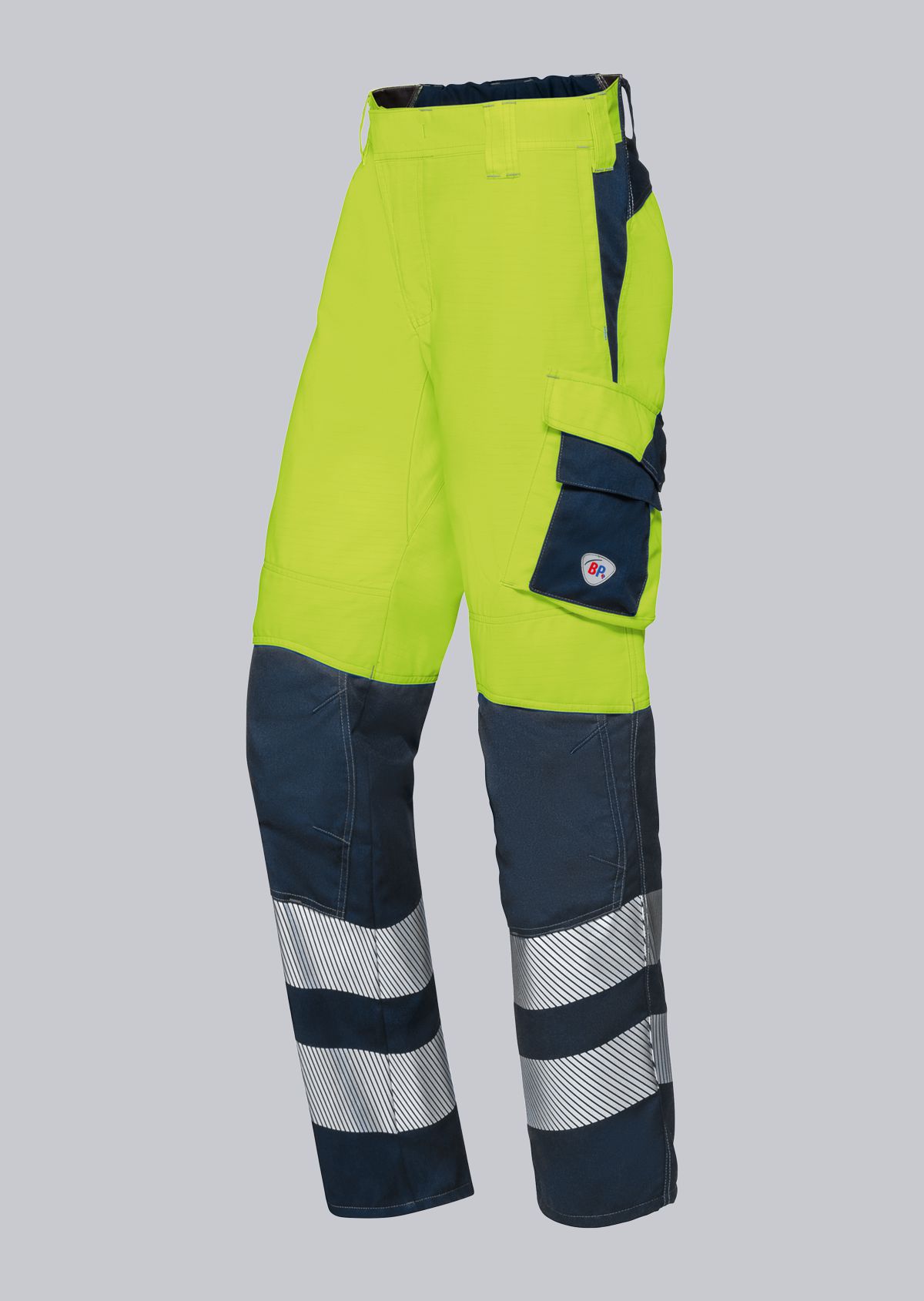
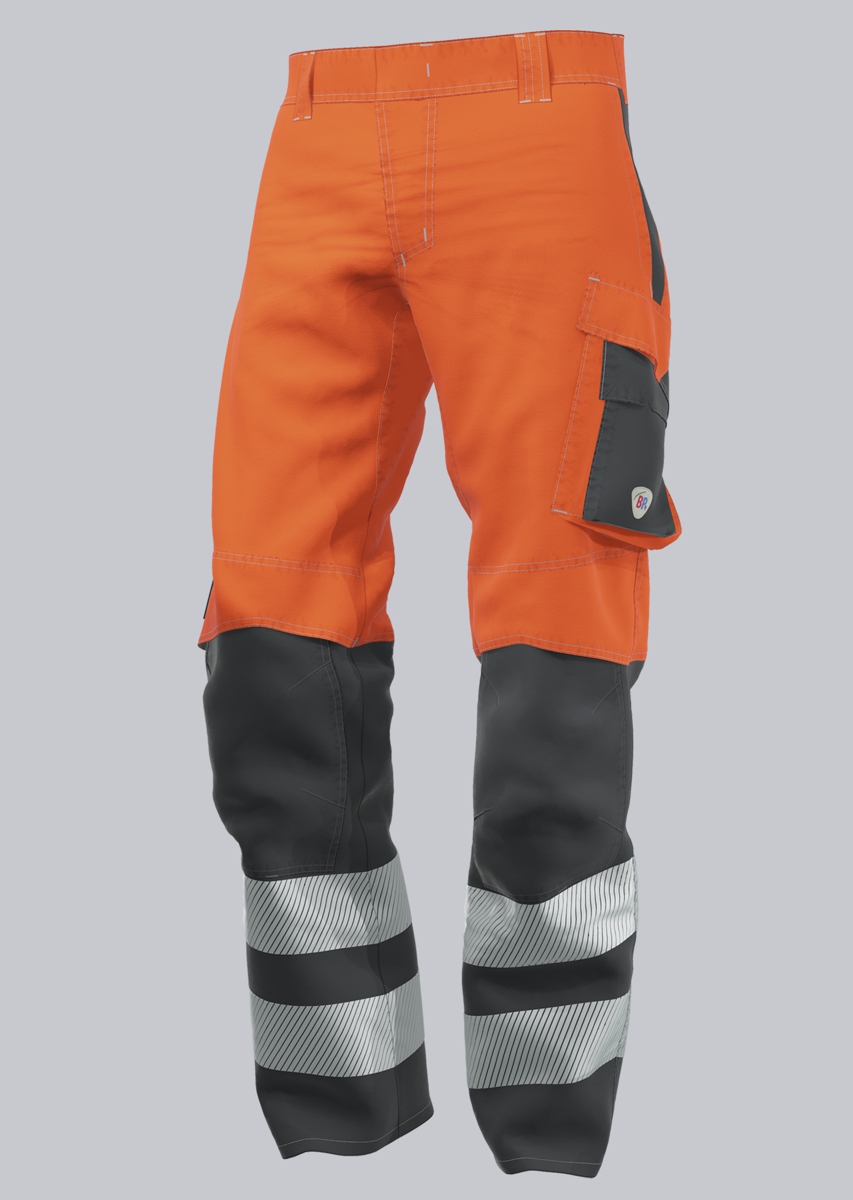
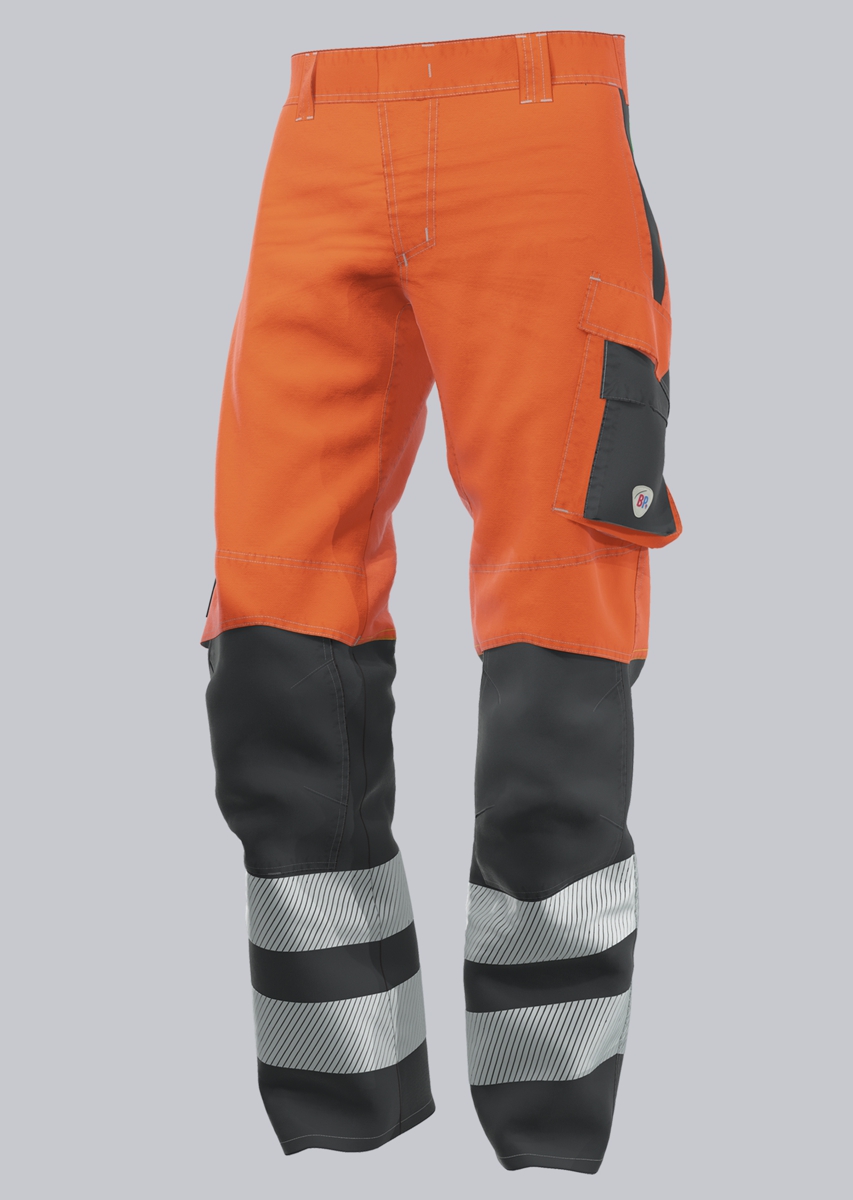
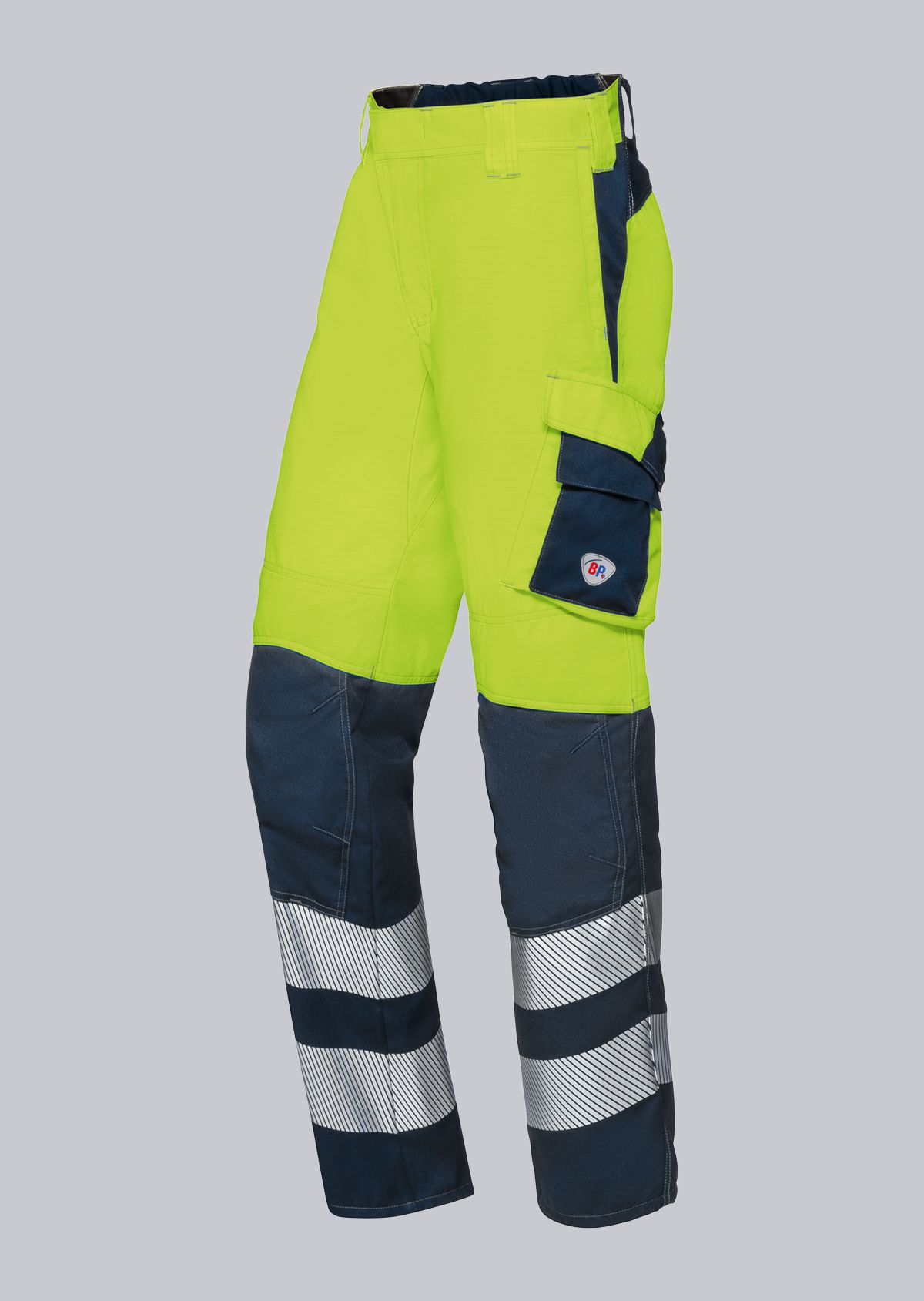

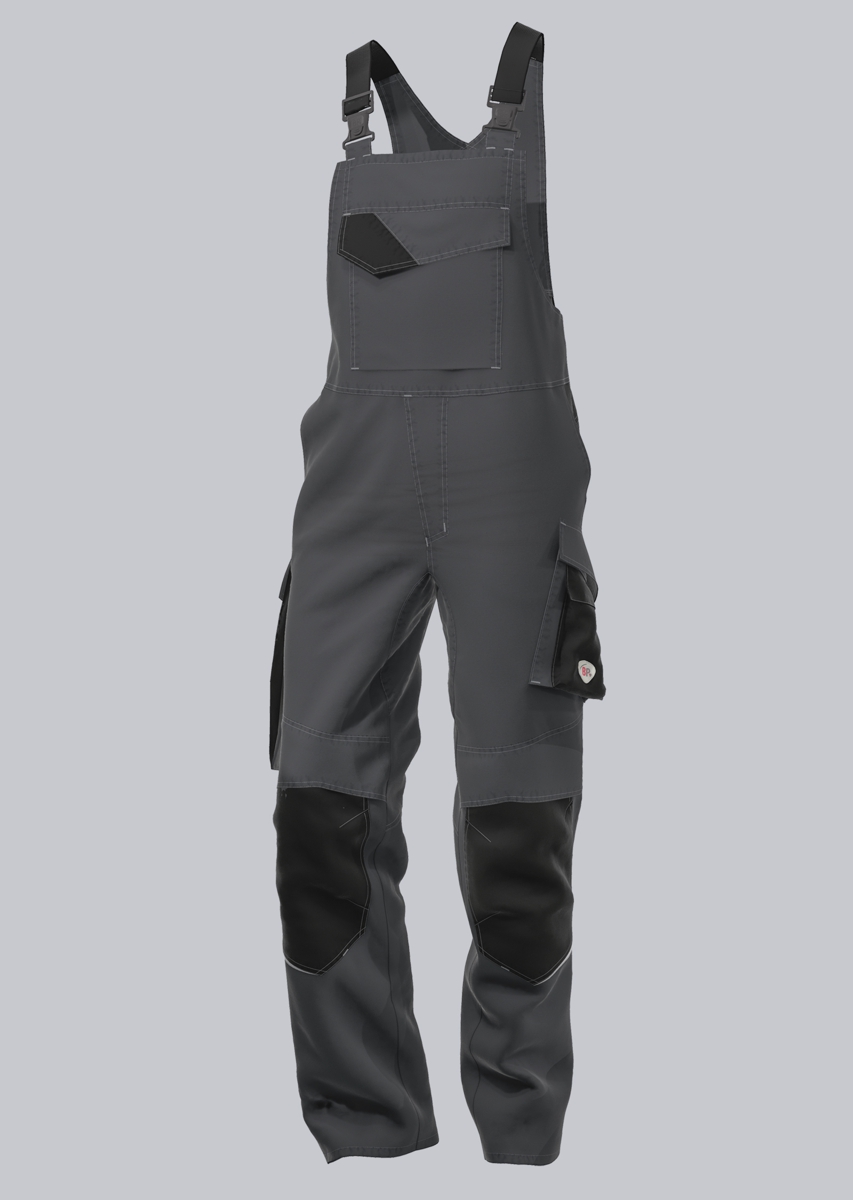

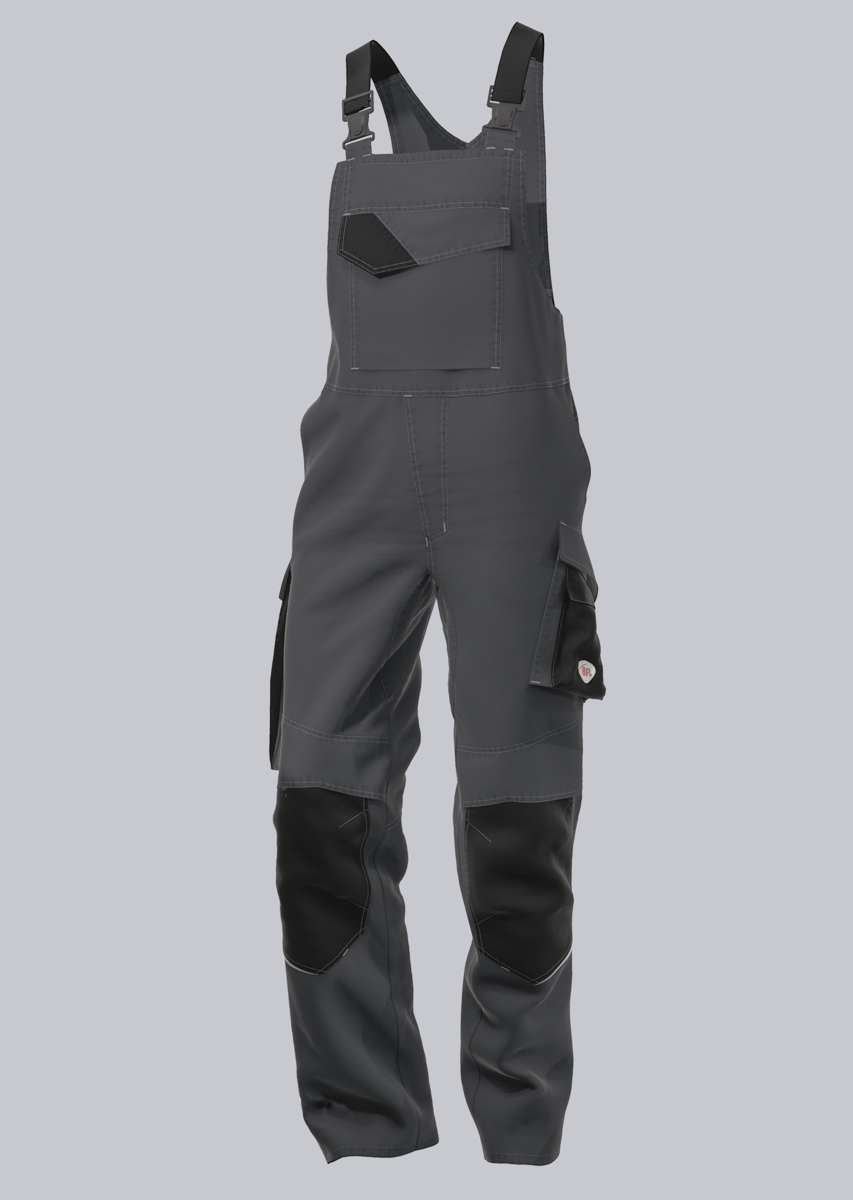

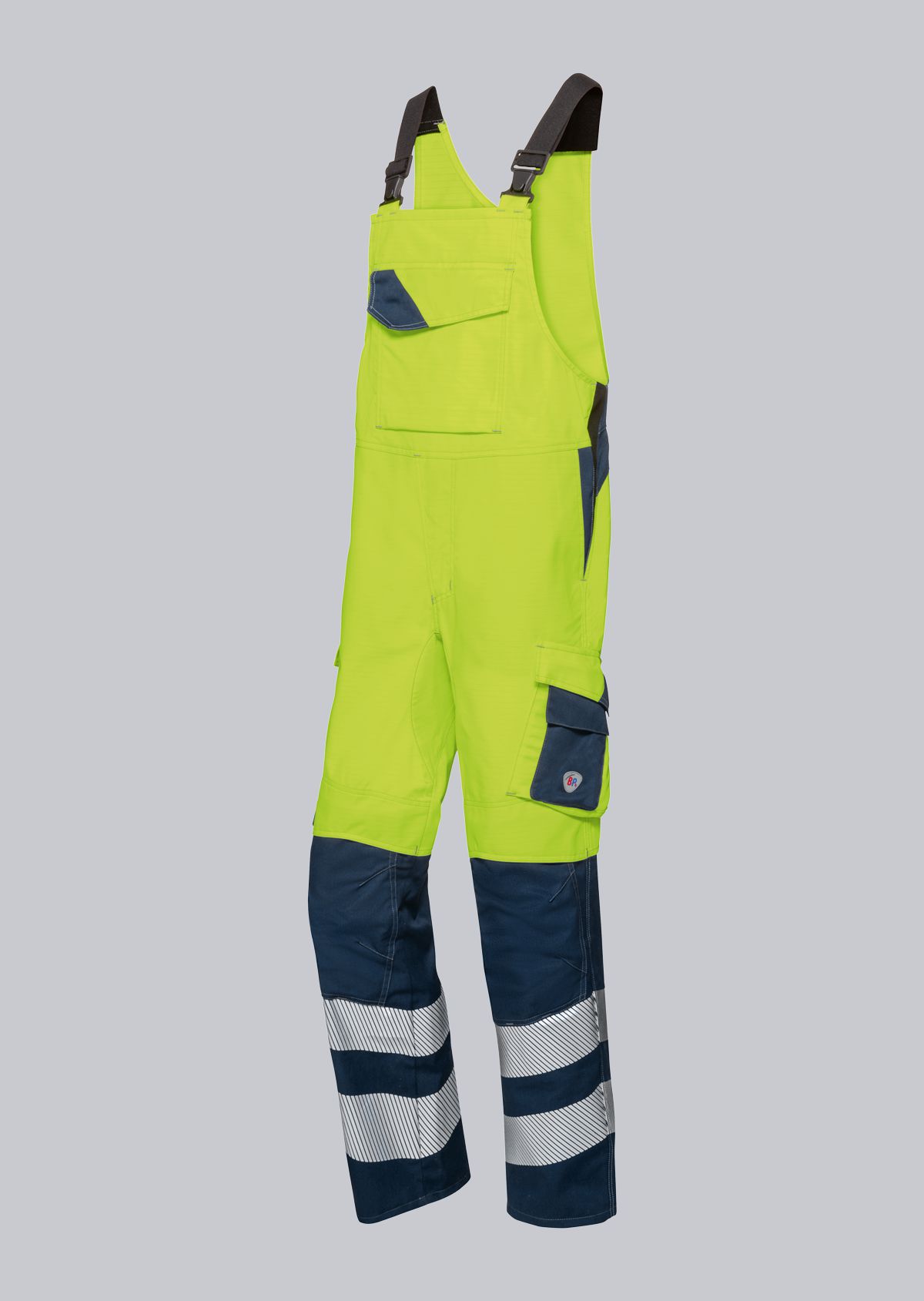
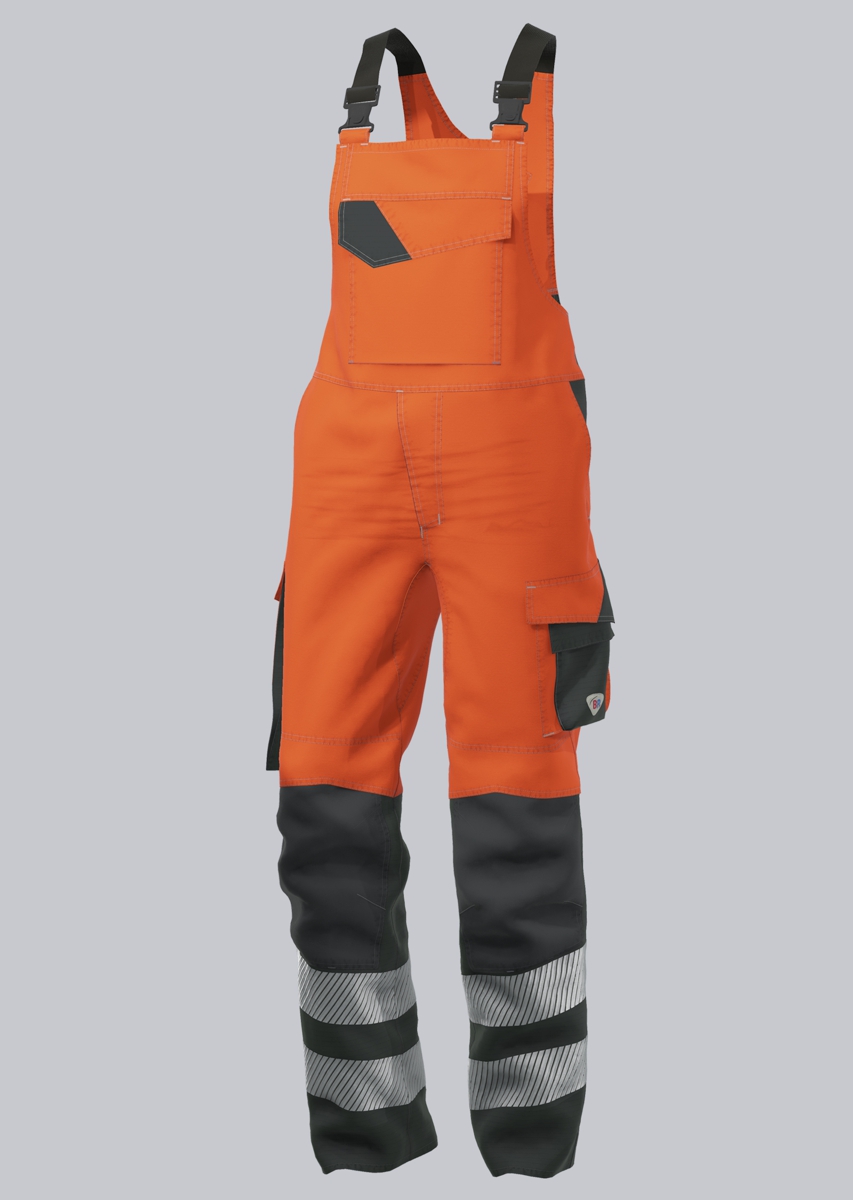
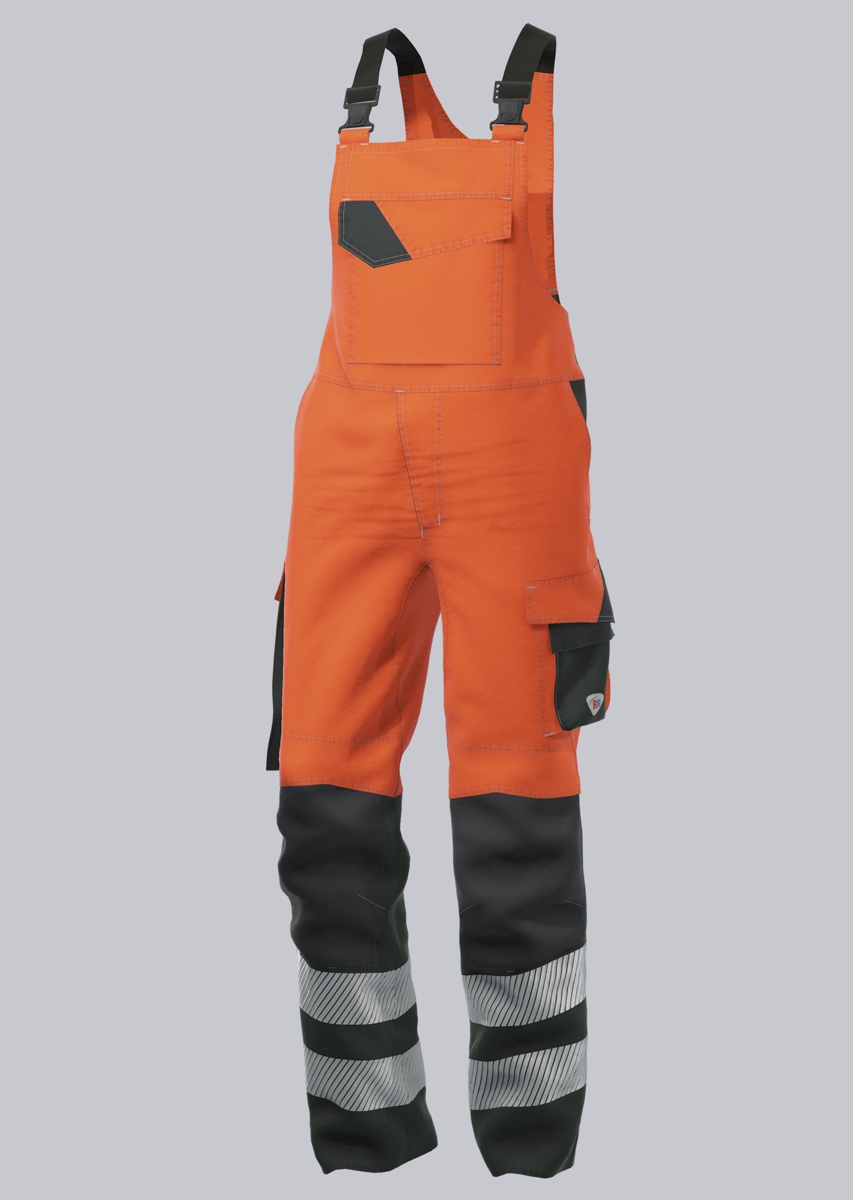
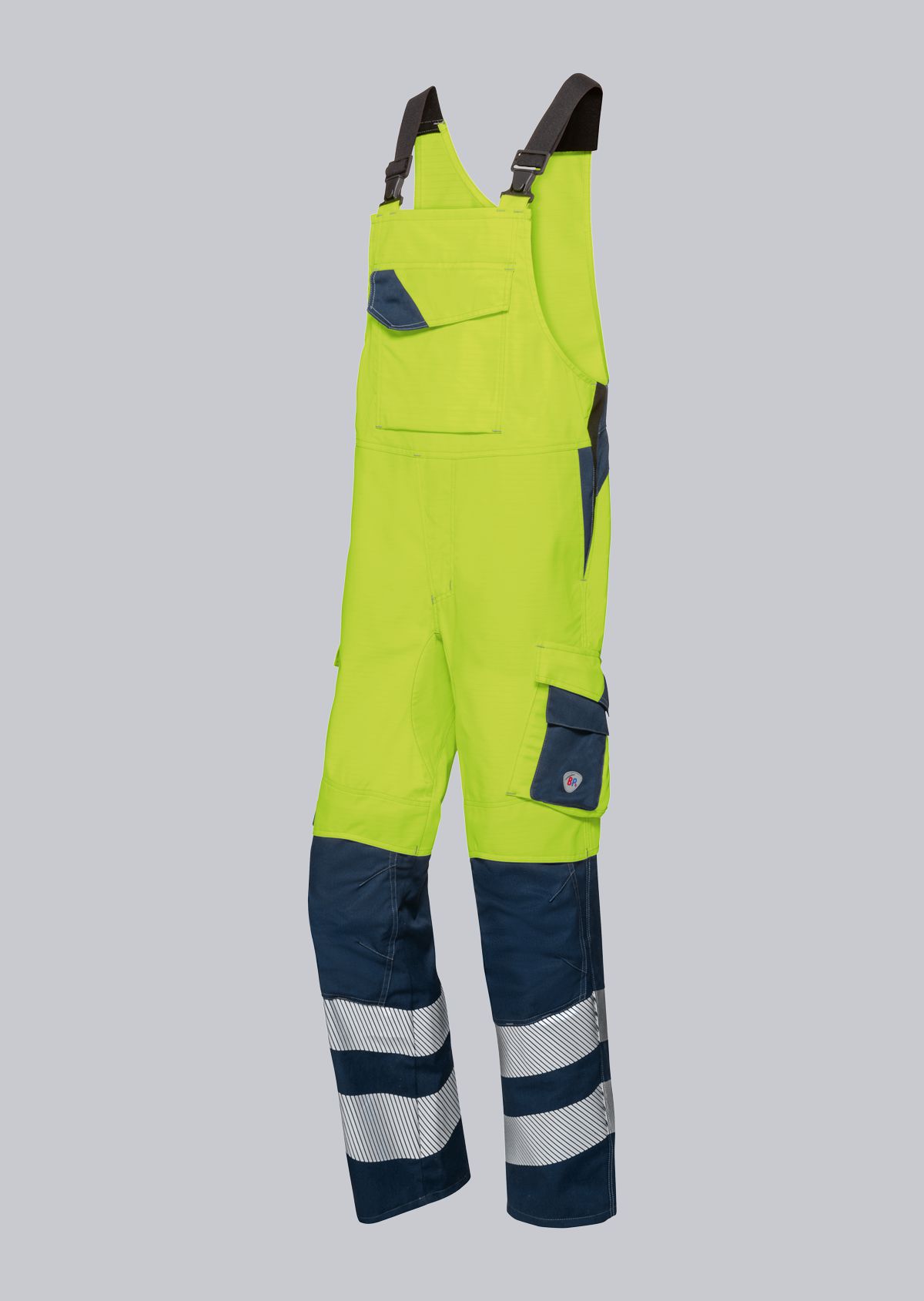


.jpg)
.jpg)
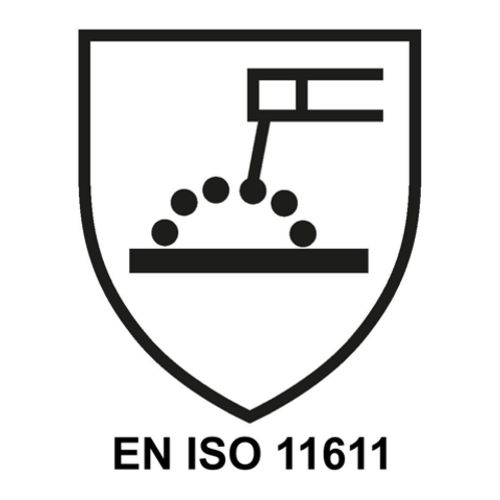
.jpg)
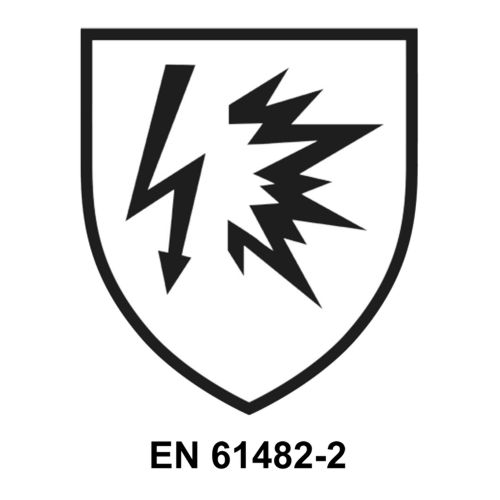
.jpg)